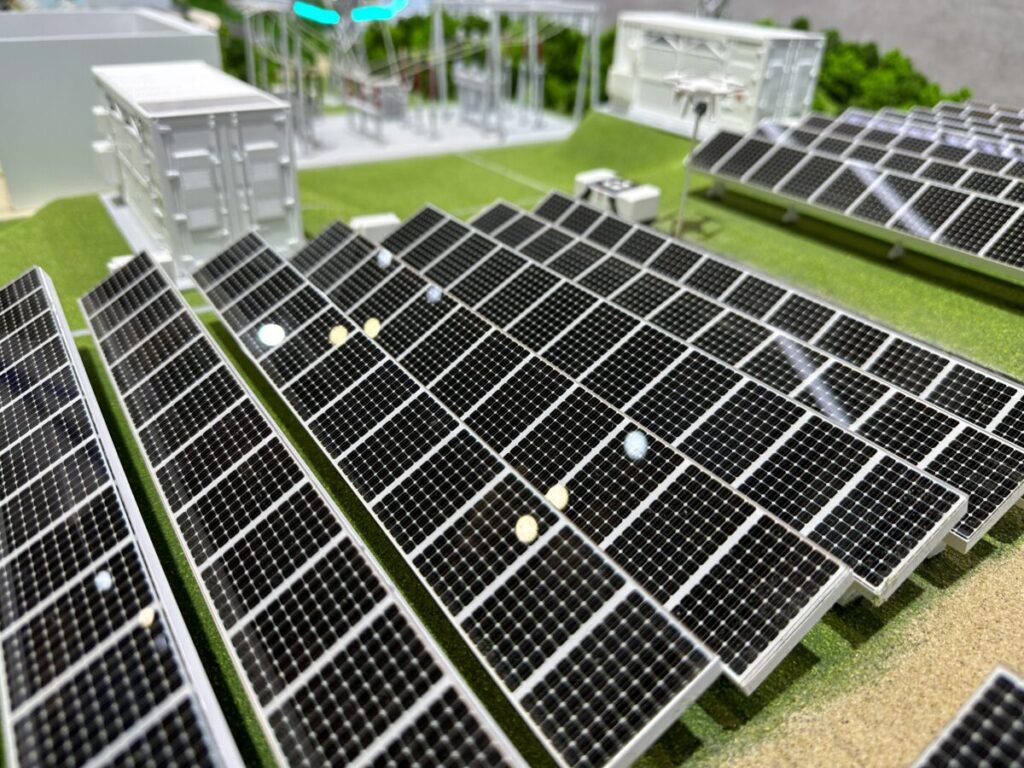The new bidding strategy, devised by an international research team, applies to the day-after and intraday markets. It uses a technique that converts results from probabilistic models into actual scenarios. Their method showed that it was able to generate higher revenues and reduce imbalances.
An American-Dutch research team has developed a new bidding strategy for operators of PV installations participating in electricity spot markets. It is based on converting probabilistic solar energy forecasts into interdependent scenarios used in the multi-stage bedding strategy.
According to the researchers, the new method can ensure higher incomes and fewer imbalances. “Accurate forecasts can help timely plan the shipment of power generators and batteries, thereby ensuring the stability of the power grid while reducing the need for balancing reserves,” they said. “There is a lack of studies that develop and evaluate operational stochastic bidding strategies for electricity markets that consider PV systems and rely on probabilistic solar forecasting models.”
The bidding strategy is designed to optimize bidding results taking into account the uncertainty of PV energy generation. It is primarily intended to maximize income from the day-ahead market (DAM) by considering a range of scenarios, which are a range of possible asset returns. To achieve this goal, the Pinson method was used, a statistical technique that can transform probabilistic forecasts into scenarios that take into account the interdependence structure of the forecast errors.
“The method was originally developed for the purpose of forecasting wind power and was later also successfully used for forecasting net load, i.e. demand was subtracted from solar power generation,” the academics explained.
After creating different scenarios, a bid is generated by solving some numerical problems. Corrections to the initial DAM bid are then made in the intraday market (IM), using updated PV power forecasts. “The impact of real-time deviations is taken into account in the imbalance prices for up- and down-regulation,” the team added.
Image: Utrecht University, Applied Energy, CC BY 4.0
The scenarios created with the Pinson method were based on three probabilistic models: quantile regression (QR), quantile regression forest (QF) and clear sky persistence ensemble (CSPE). All were compared with point prediction methods, which yield one predicted value for each period.
“The point prediction models include a multivariate linear regression (MLR), random forest regression (RF), physical PV and a smart (clear sky) persistence (SP) model,” the scientists explained. “Since these point forecasts do not provide any information about the uncertainty of the forecast, the potential monetary impact of an imbalance is not taken into account.”
All prediction mechanisms were then run on data produced from a simulation of a 1 MW system in Cabauw, the Netherlands. The analysis was based on actual measured global horizontal irradiation (GHI), ambient and dew point temperature, wind speed and surface pressure from 2018 to 2020. The first two years of data collected were used to train the different forecast models, while 2020 was used for testing .
“The results show that the probabilistic prediction models perform better than the point models,” the scientists emphasized. “Second, the results demonstrate the dominance of tree-based models, with the RF and QF models outperforming all other DA and ID point and probabilistic models, respectively. The findings indicate that the proposed method outperforms the reference method, produces higher yields and causes less imbalance.”
The analysis also showed that expanding market participation from the DAM to the IM results in higher revenues. “Given the best performing model per forecast horizon, revenues increase by 22.3% from €22,000 ($23,900)/MW to €27,000/MW per year when DAM transactions are updated with IM transactions,” they concluded. “Similarly, the imbalance caused almost half, at -46.8%.”
Their findings were presented in “Probabilistic solar forecasting: an economic and technical evaluation of an optimal market bidding strategy,” published on Applied energy. The group included researchers from Utrecht University, Wageningen University and the University of California, San Diego.
This content is copyrighted and may not be reused. If you would like to collaborate with us and reuse some of our content, please contact: editors@pv-magazine.com.

